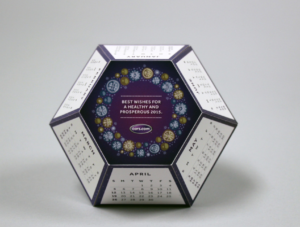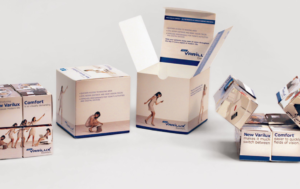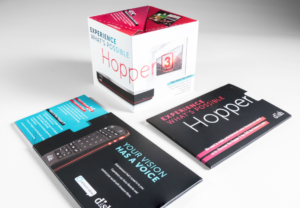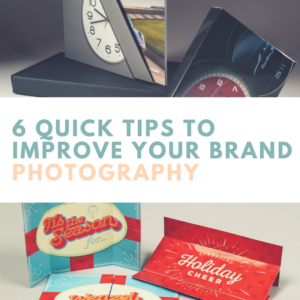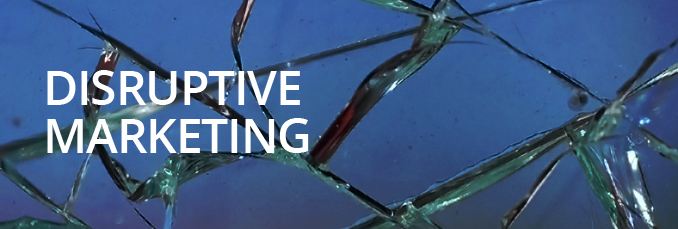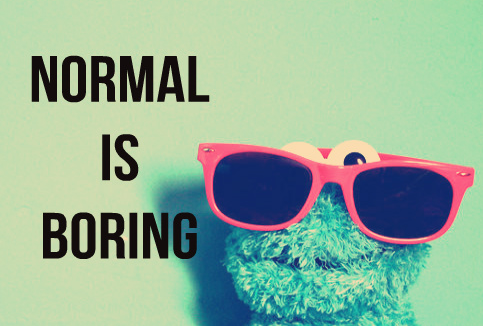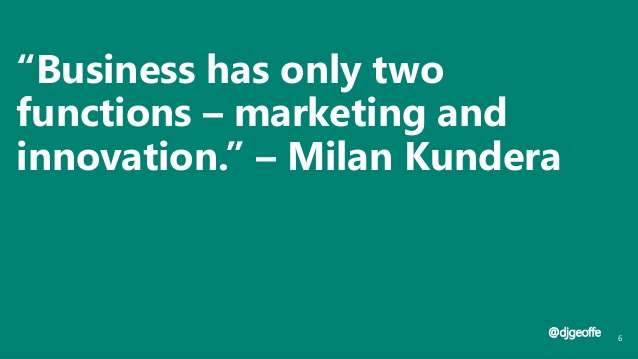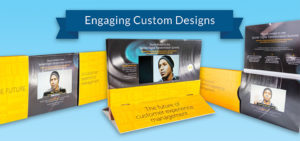 In the world of marketing, you’ve probably heard the old standby, “show, don’t tell”. But what if you could do both?
In the world of marketing, you’ve probably heard the old standby, “show, don’t tell”. But what if you could do both?
Video in print (VPA) is a powerful marketing tool that allows your brand or business to stand out from the pack. By combining motion, sound, and print into one single piece, you’re effectively creating a multi-sensory experience for the recipient, drawing them in and establishing that initial connection between them and your brand.
Now, that’s a formula for success.
And the benefits don’t just end there. Based on our extensive experience designing and producing unique marketing collateral for brands, we’ve compiled a list of four reasons why you should consider using VPA for your next marketing campaign.
 Simply put, it’s an effective tool for communication. With VPA, not only do you get the tactile enjoyment of print, but you also get the action. This allows you to create a more holistic experience for your customers and prospects because you are able to provide them with a variety of touch points where they can engage with your brand.
Simply put, it’s an effective tool for communication. With VPA, not only do you get the tactile enjoyment of print, but you also get the action. This allows you to create a more holistic experience for your customers and prospects because you are able to provide them with a variety of touch points where they can engage with your brand.
 VPA is an attention-grabber. Capturing the attention of your audience is one of the most important parts of marketing your products and services. But it’s also one of the most difficult. Many of us are so overwhelmed by the volume of emails we receive, as they only add more to the “digital clutter”. If you want to get your audience’s attention, you’ve got to deliver your information in a way that will engage – sending a printed brochure with an embedded video screen is the sure fire way to do just that!
VPA is an attention-grabber. Capturing the attention of your audience is one of the most important parts of marketing your products and services. But it’s also one of the most difficult. Many of us are so overwhelmed by the volume of emails we receive, as they only add more to the “digital clutter”. If you want to get your audience’s attention, you’ve got to deliver your information in a way that will engage – sending a printed brochure with an embedded video screen is the sure fire way to do just that!
 It pulls at the heartstrings. Fusing video with print opens up more opportunities for your messaging to resonate with your audience and for them to forge a connection with you. The combination of visuals and sound, and copy work together to create a powerhouse emotional experience if done right.
It pulls at the heartstrings. Fusing video with print opens up more opportunities for your messaging to resonate with your audience and for them to forge a connection with you. The combination of visuals and sound, and copy work together to create a powerhouse emotional experience if done right.
 Video is perceived to be more valuable than text alone. It’s no secret that video is often much more labor intensive and expensive to produce. So, when you decide to share a video, your audience is almost guaranteed to notice. Because of this, people will often give you more time, more contact information and even pay more for your product or service.
Video is perceived to be more valuable than text alone. It’s no secret that video is often much more labor intensive and expensive to produce. So, when you decide to share a video, your audience is almost guaranteed to notice. Because of this, people will often give you more time, more contact information and even pay more for your product or service.
 It’s a clear winner. Think for a moment: What kind of learner are you? For most of us, we’re visual learners and then about a third of the population considers themselves auditory. So, why compromise? VPA can ensure that your brand messaging can resonate with all types of learners because the information is simultaneously delivered verbally and visually. Aside from being exceptionally powerful, this also means there’s less chance they’ll misunderstand or misinterpret your message.
It’s a clear winner. Think for a moment: What kind of learner are you? For most of us, we’re visual learners and then about a third of the population considers themselves auditory. So, why compromise? VPA can ensure that your brand messaging can resonate with all types of learners because the information is simultaneously delivered verbally and visually. Aside from being exceptionally powerful, this also means there’s less chance they’ll misunderstand or misinterpret your message.
Print marketing already has the proven success to resonate with consumers alike. So, combining a high-impact printed format with a video screen is sure to get the attention you’re looking for from your target audience.
Visit us online at StructuralGraphics.com to see our Video in Print gallery and to learn more about our formats. In a hurry? We’ve got you covered. Our online ordering division, Red Paper Plane has video in print solutions with a faster turn time of only 7 days. Not to mention, we’re constantly adding new designs as well – so make sure you check out all that we have to offer!
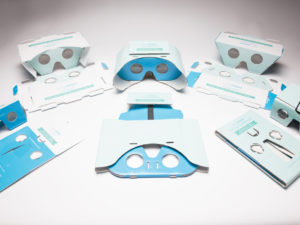 SleekPeeks®
SleekPeeks®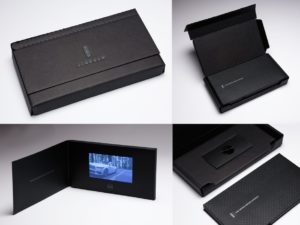 Lincoln Video Mailer
Lincoln Video Mailer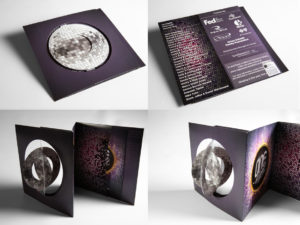 Disco Ball Invitation
Disco Ball Invitation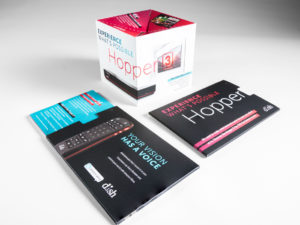 Dish Network Pop Up Cube
Dish Network Pop Up Cube This Book is a Planetarium
This Book is a Planetarium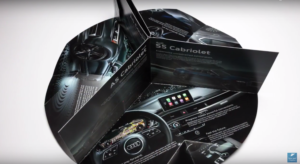 Audi Pop-Up Brochure
Audi Pop-Up Brochure